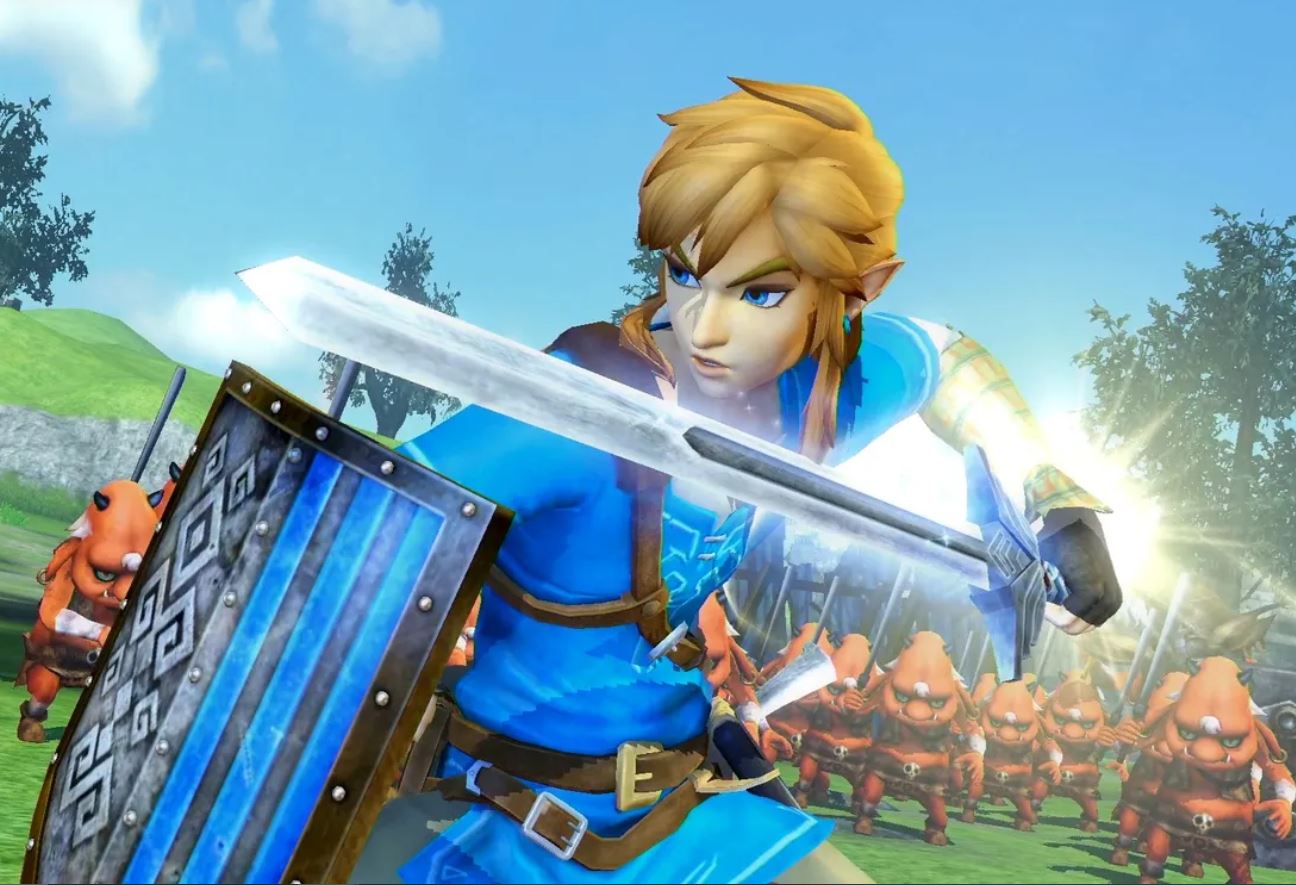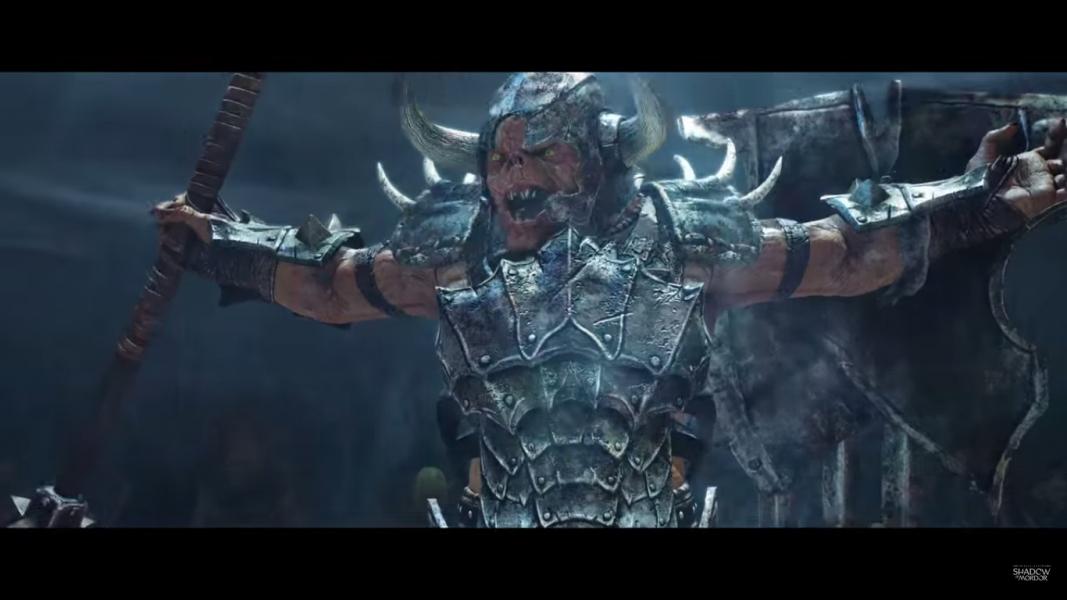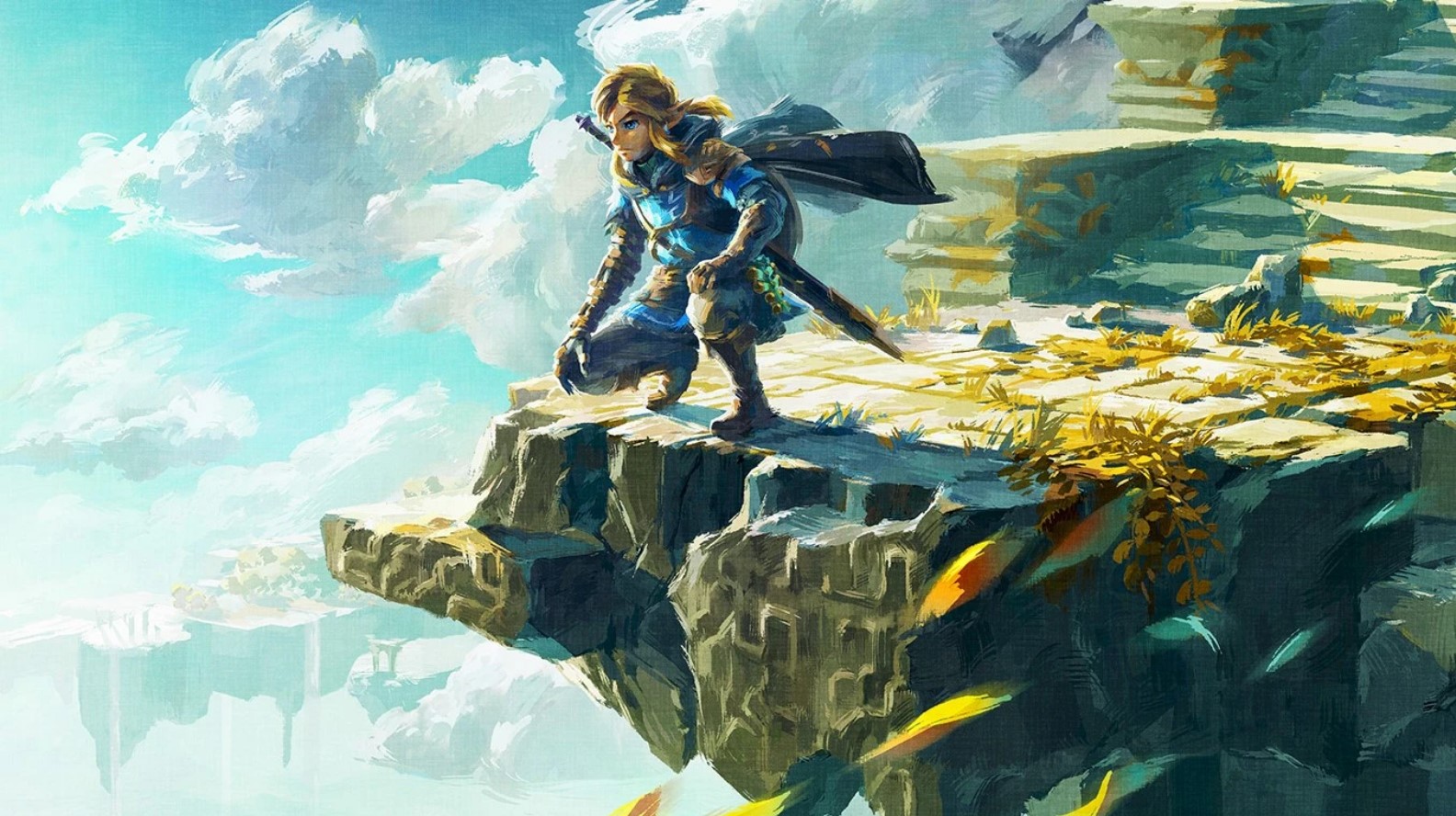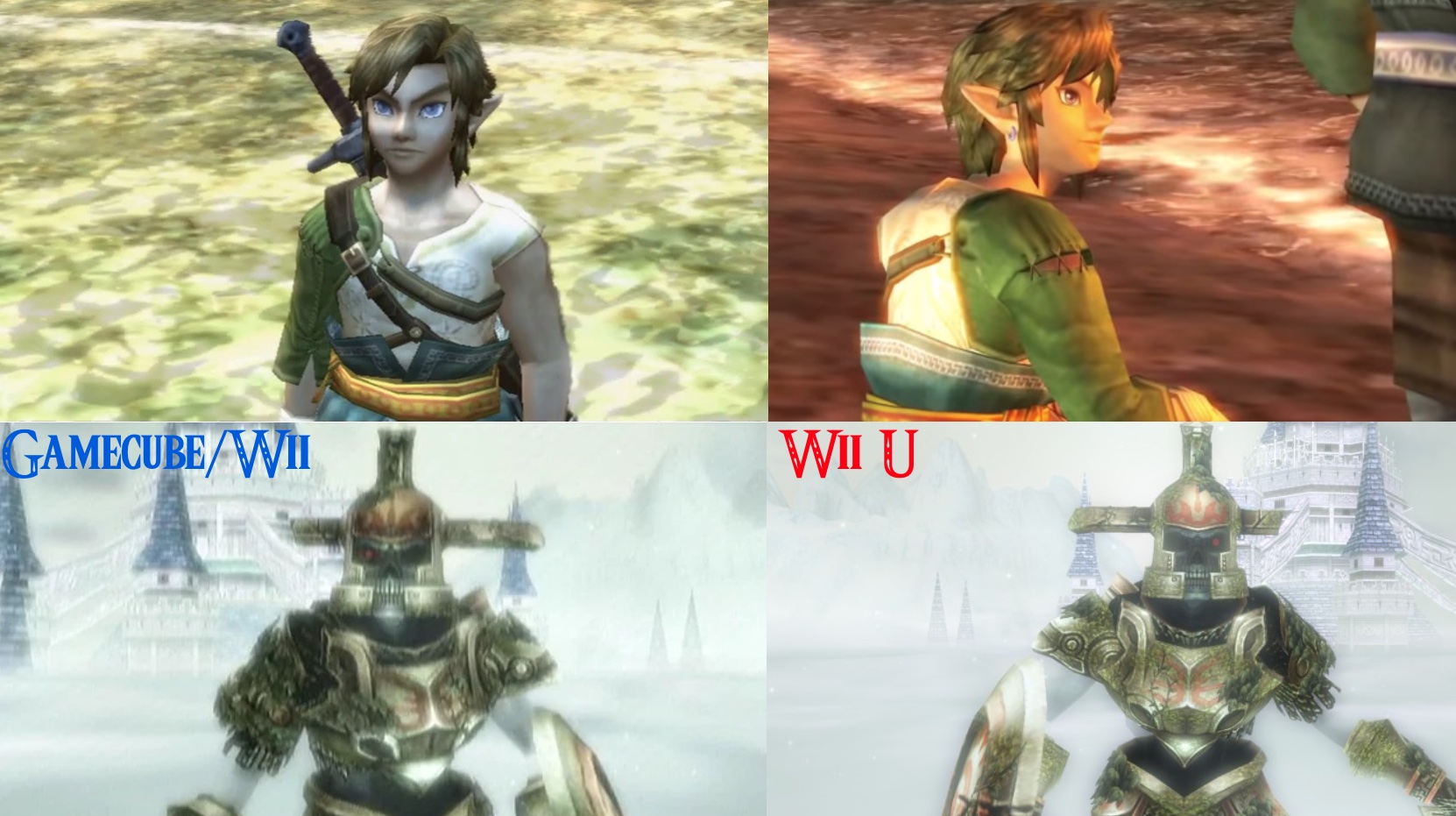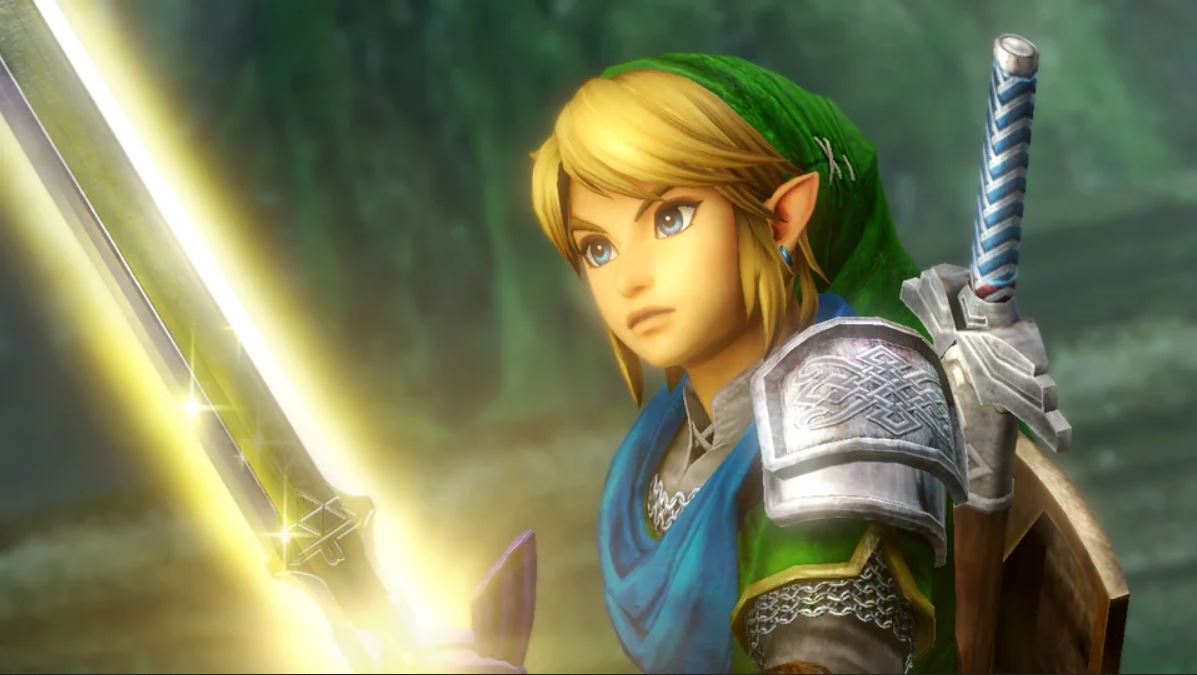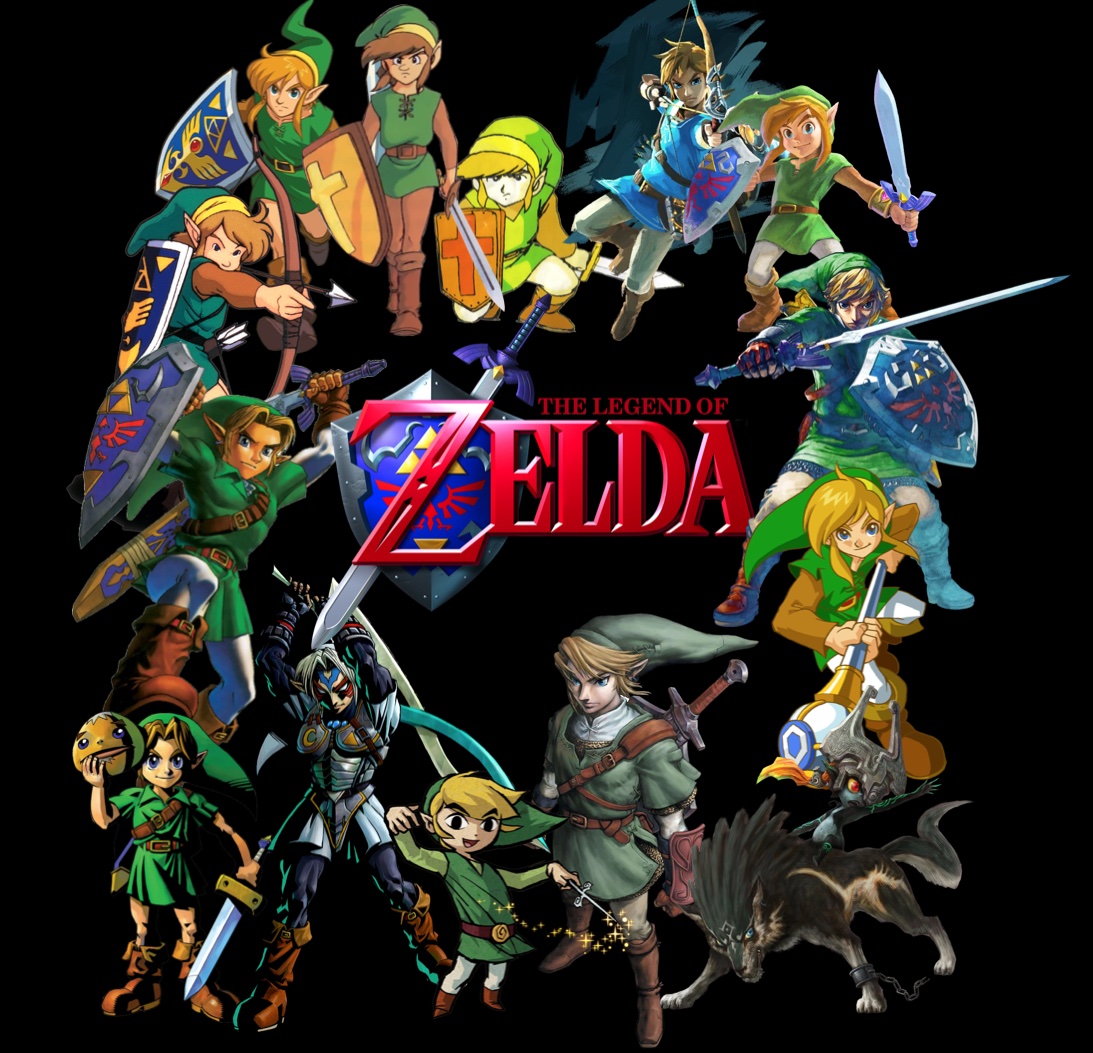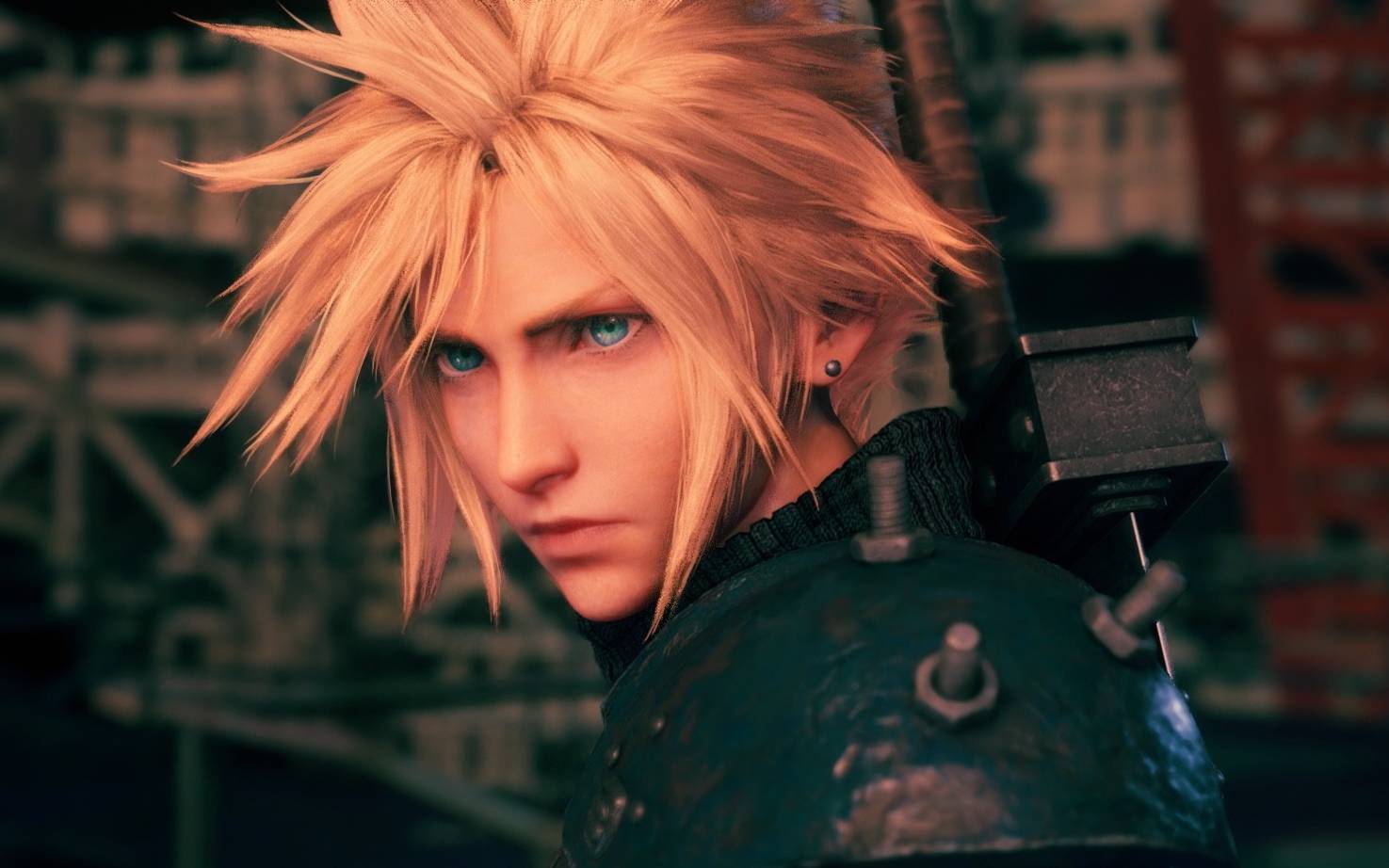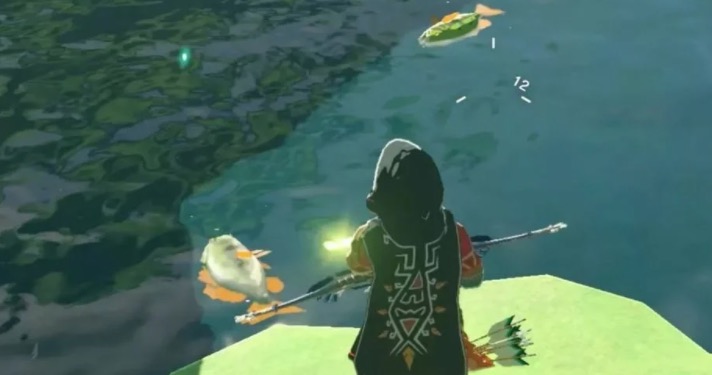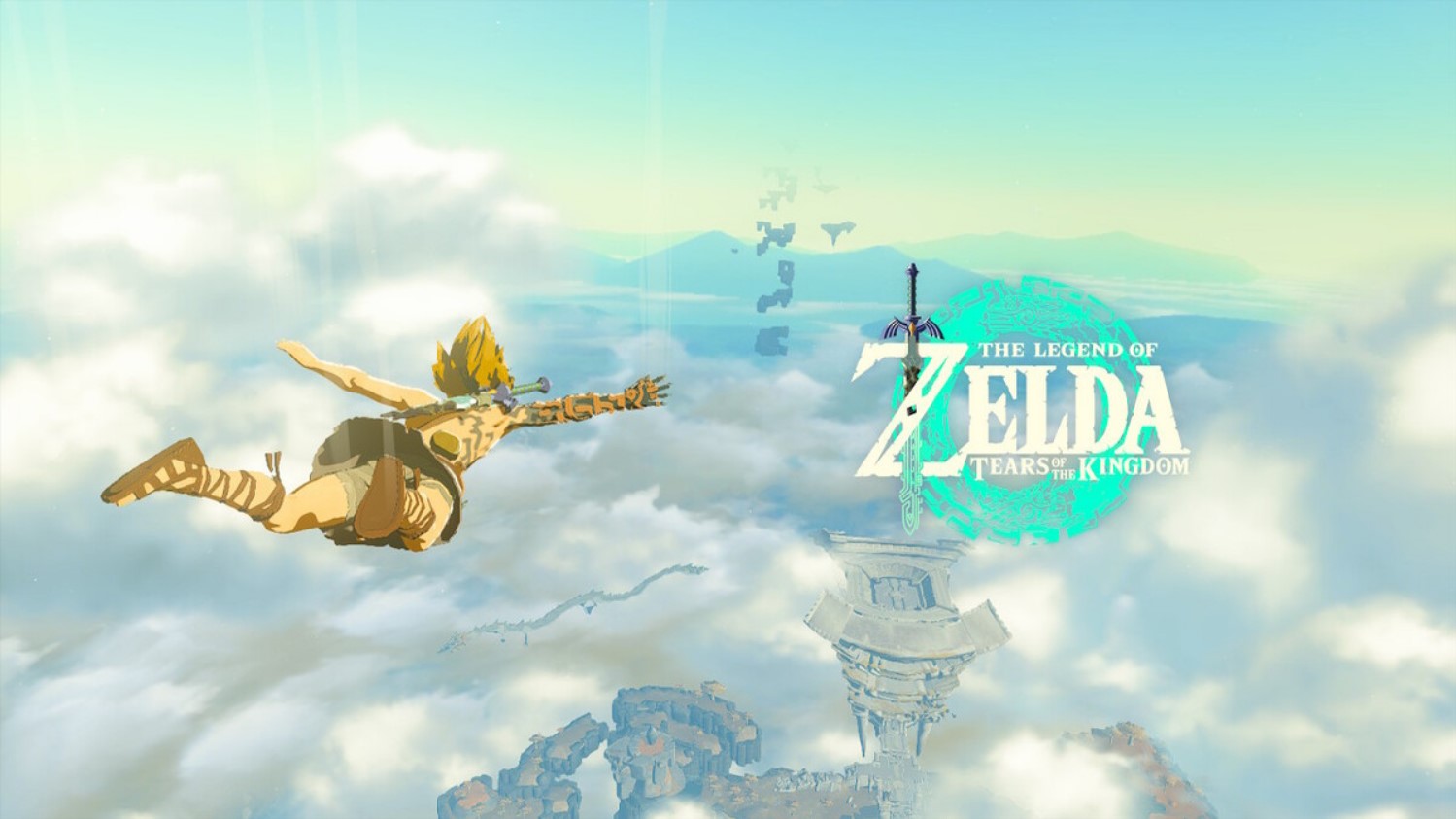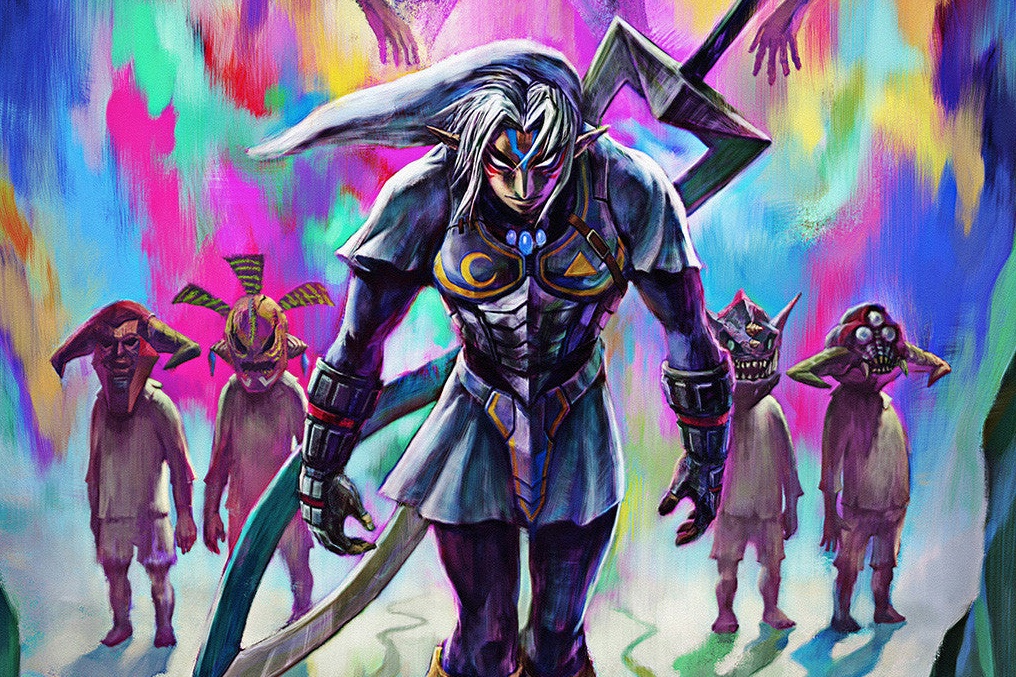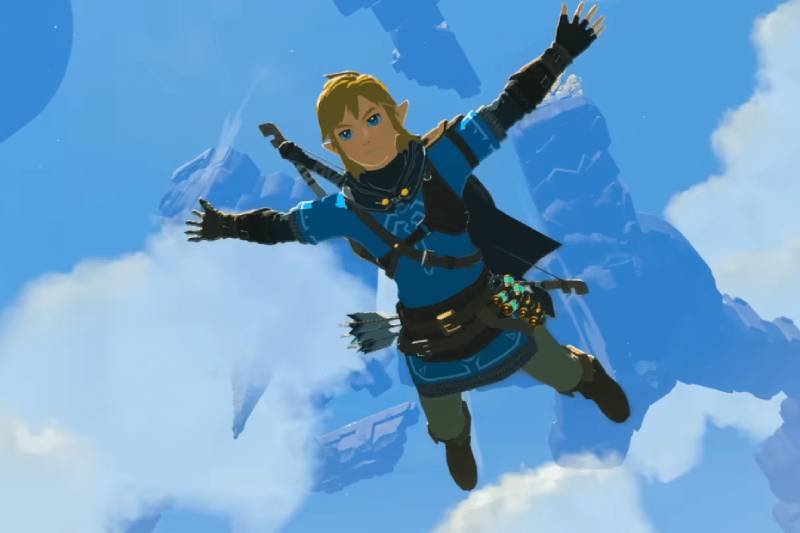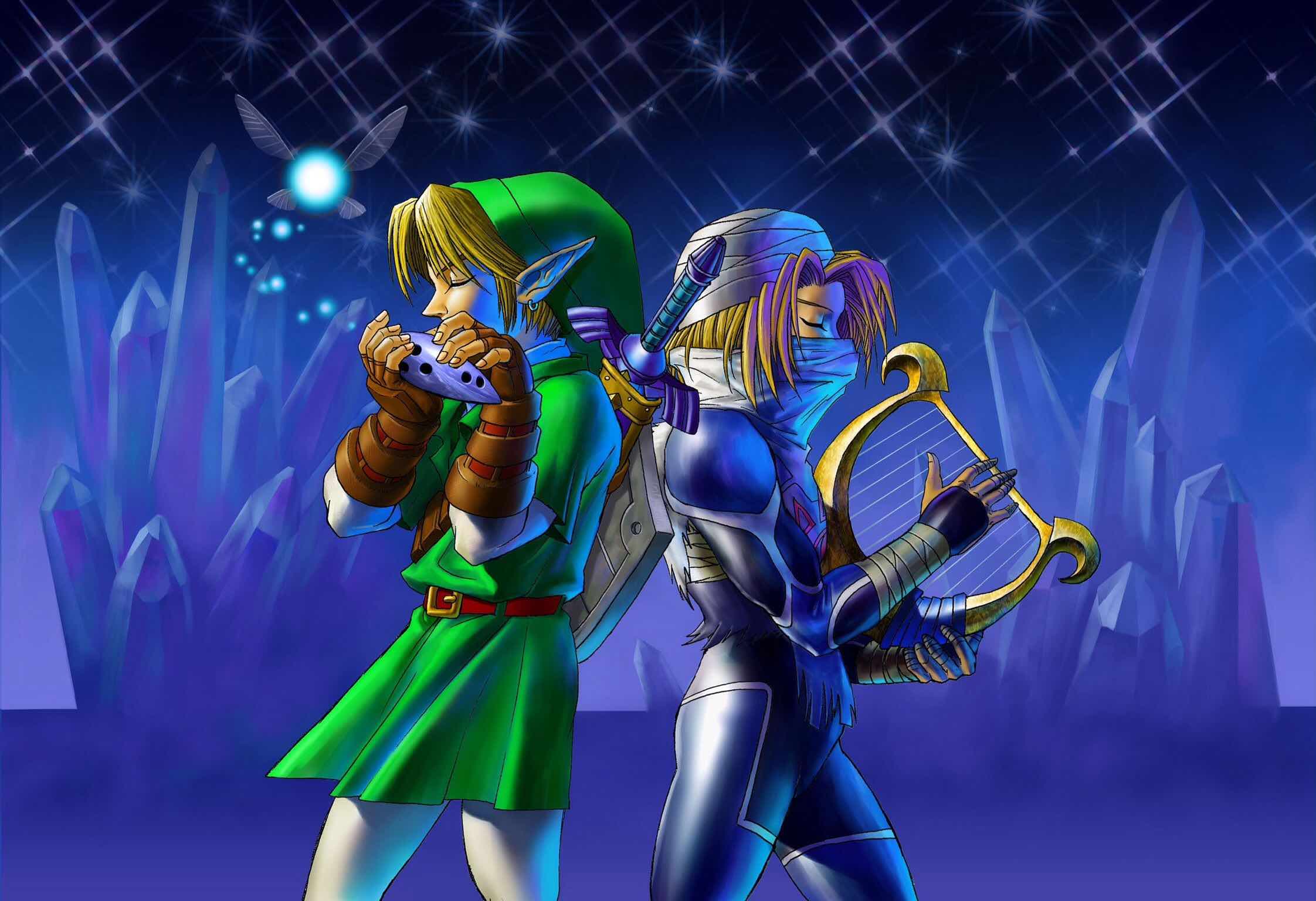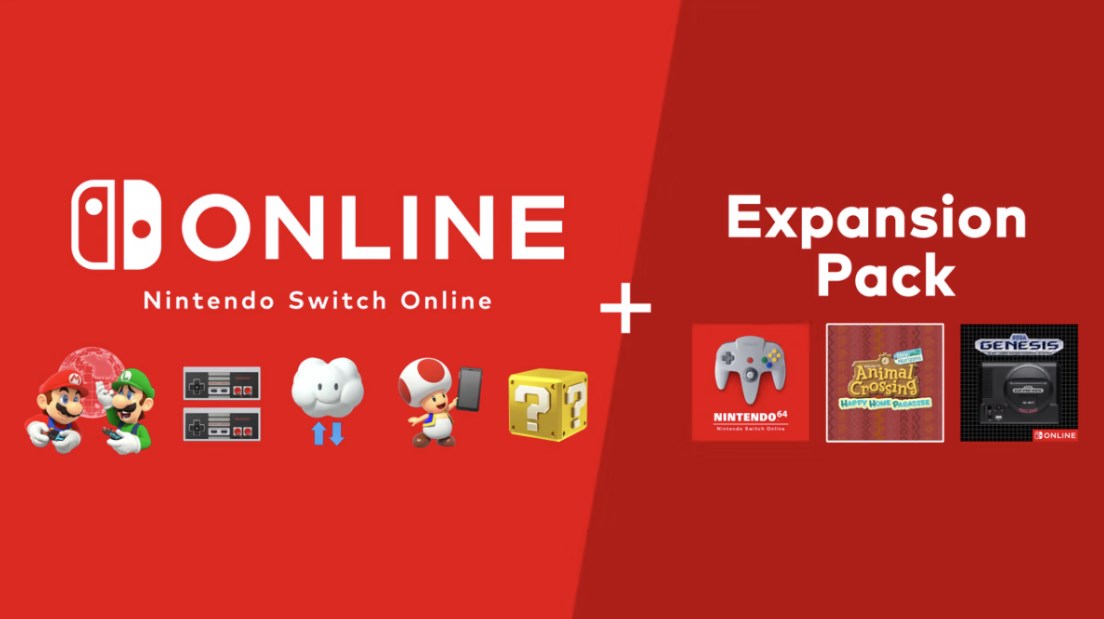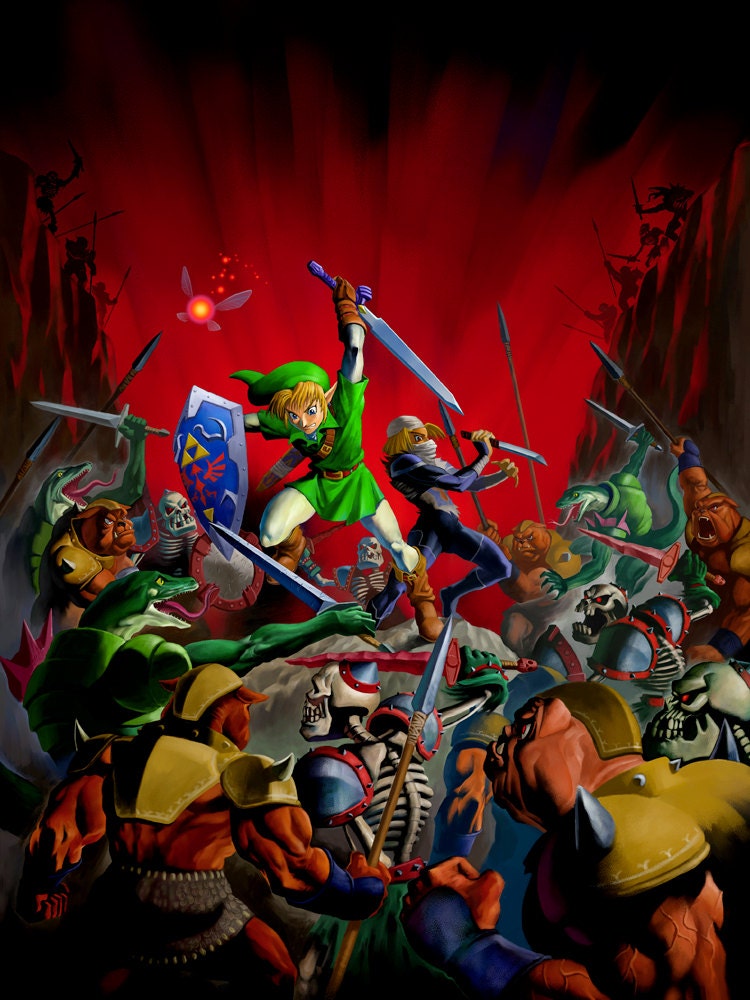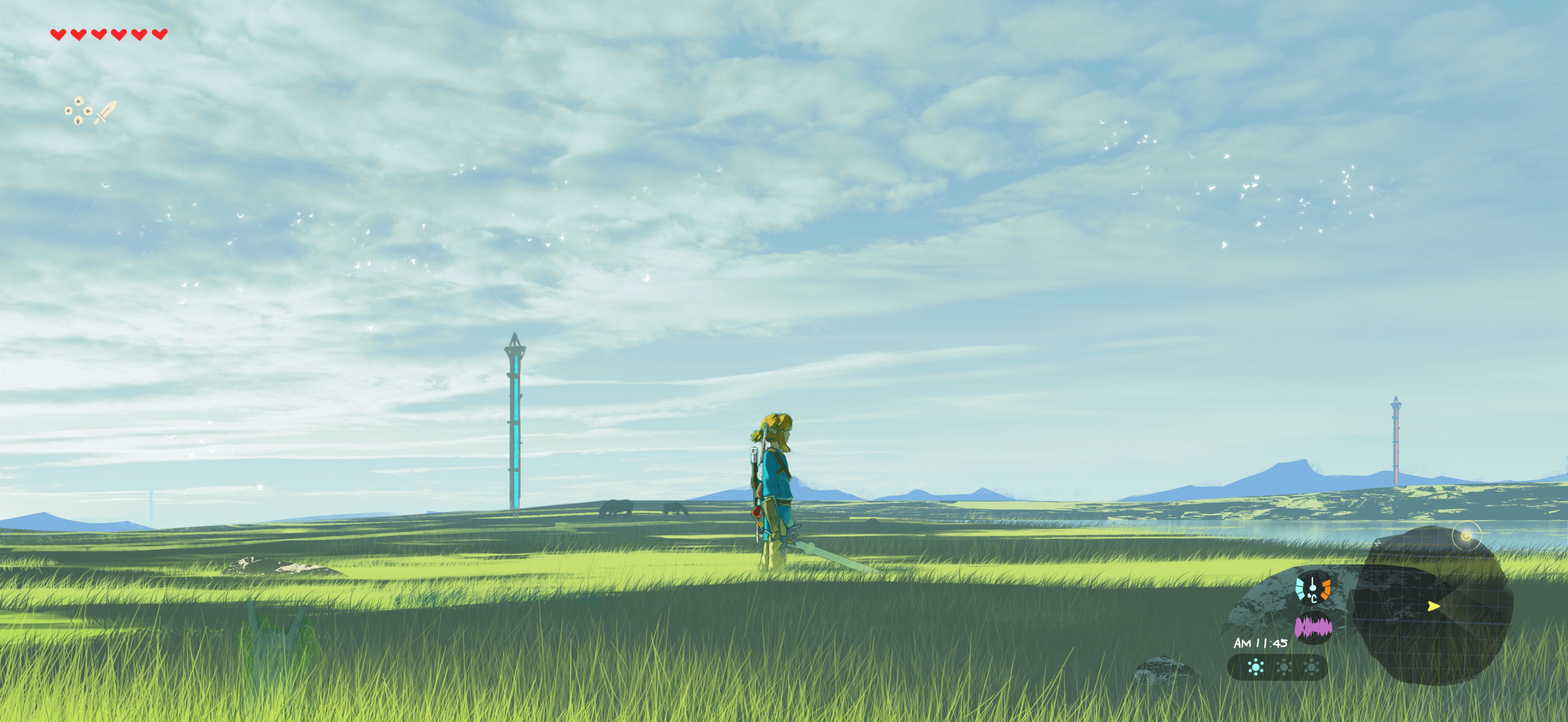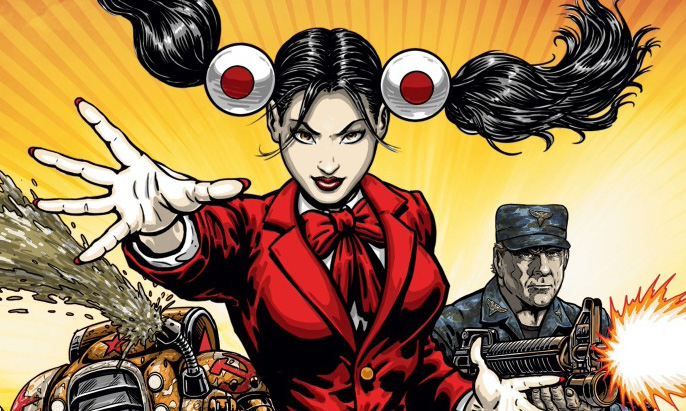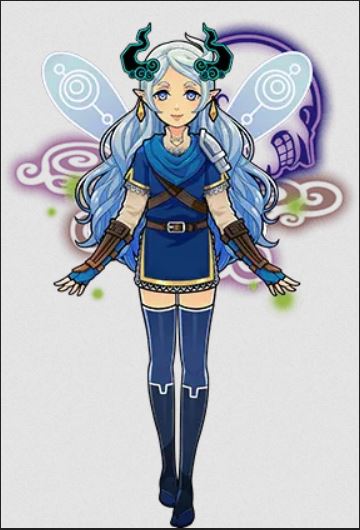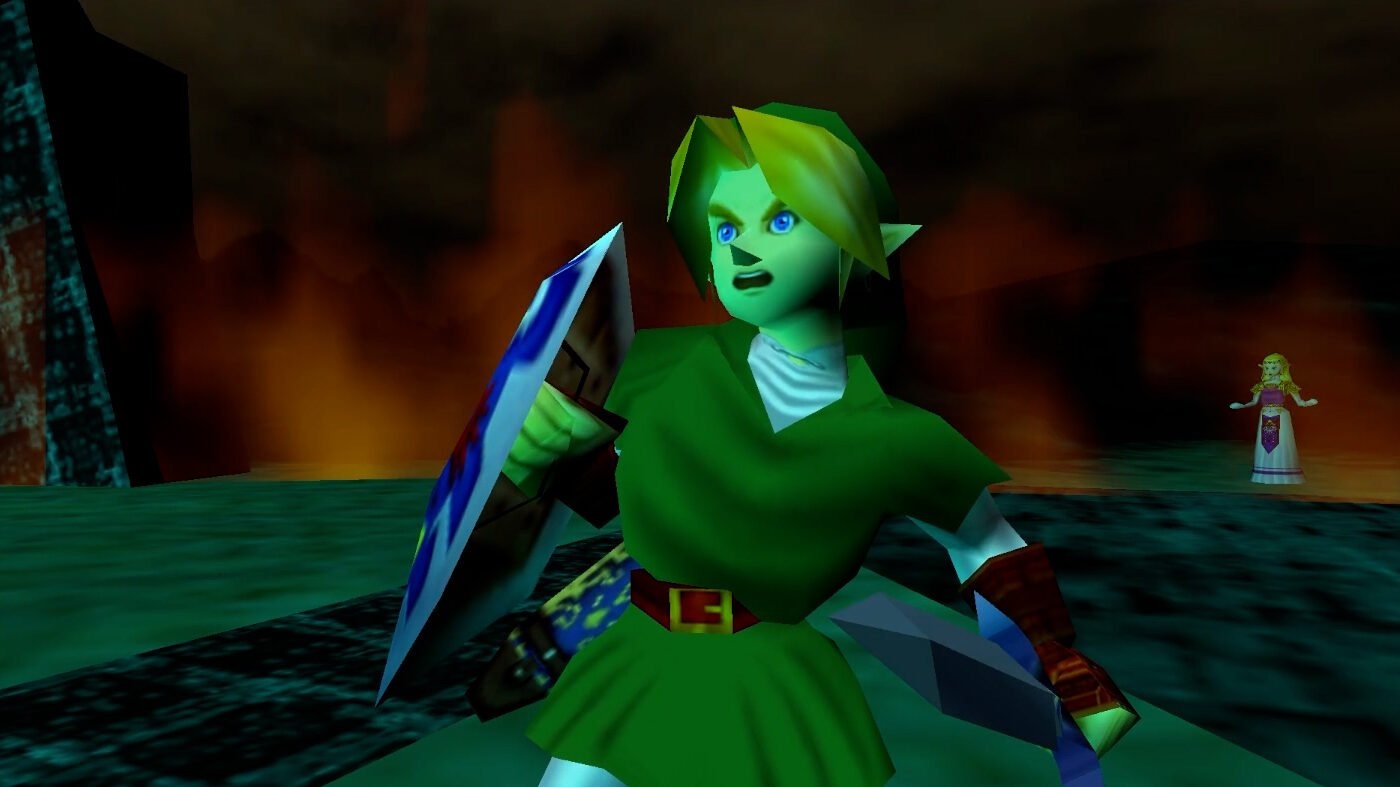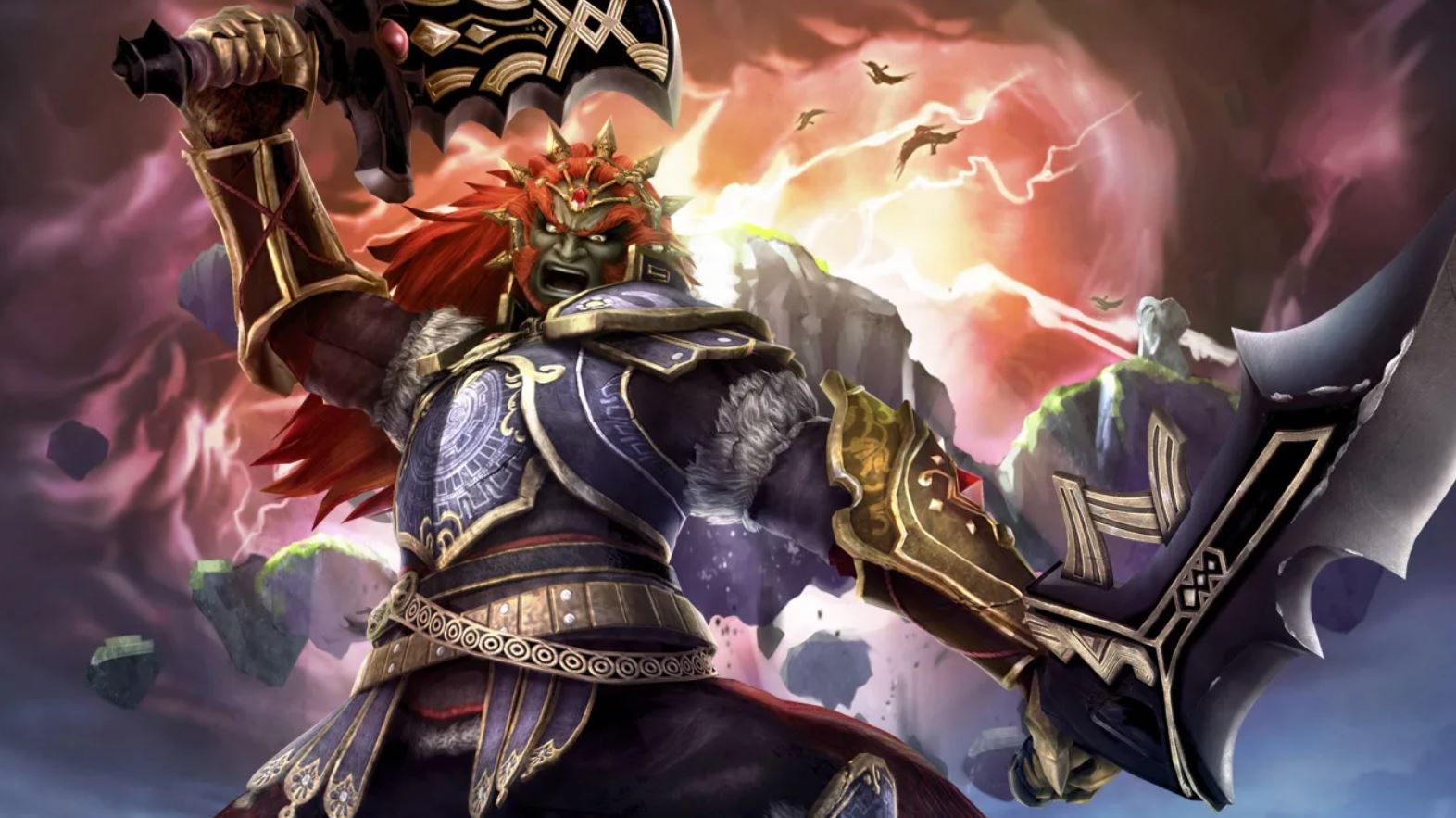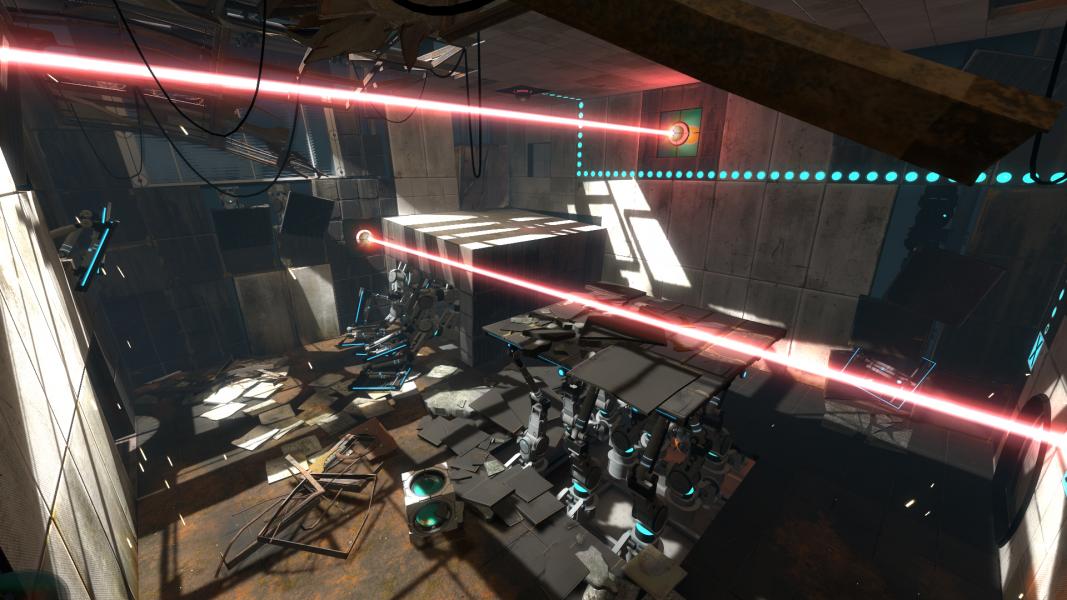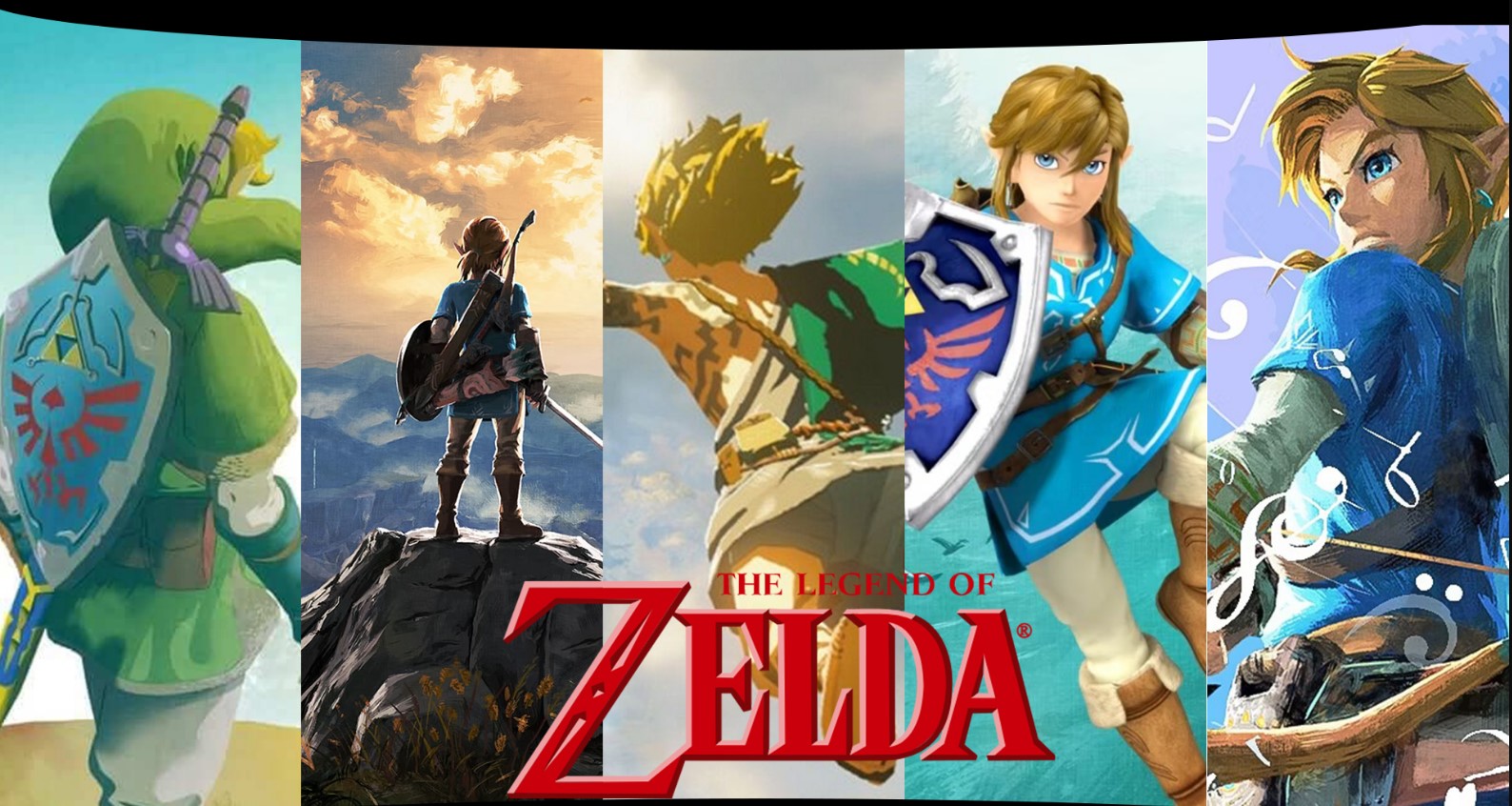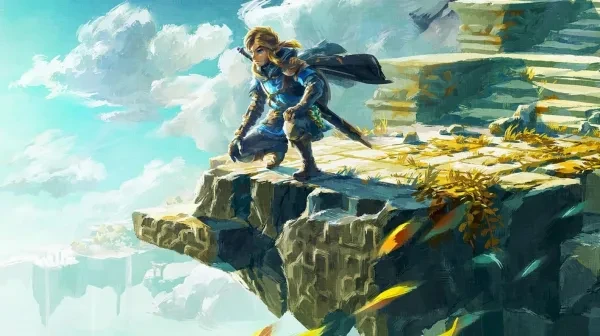
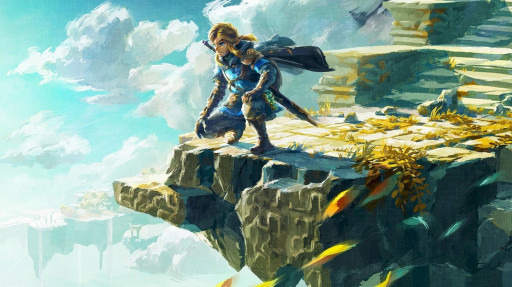
So you’re interested in that new Zelda game that builds off Breath of the Wild (yes it does, and I’ll preface this entire review by saying don’t play this before it for many reasons)? You’ve come to the right place, as here I will be going over what it does well and where it falters. I will try my best to make this as neutral as possible, but this is coming from a lifetime Zelda fan who felt a bit burned by Breath of the Wild. So having said that, let’s begin.
10. Graphics
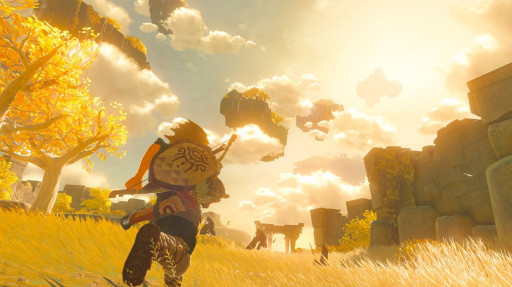
An example of Tears of the Kingdom’s stunning visuals
Visuals can be an important factor for many people, and in that regard, Tears of the Kingdom definitely succeeds. Compared to games on the PS5 or Xbox Series, it looks positively last-gen, but for the Switch? This is one of the best-looking Switch games hands down, as you’ll notice from the screenshots throughout this article.
This is something I picked up from just the tutorial area. As you roam these islands in the sky, light reflects down on you from all directions, and clouds drift close by. And sometimes through the island, creating what looks like mist as it deforms. I’ve never seen something like this before, and it's beautiful.
That is just one example and I won’t say too much more as much of it should be experienced. Plus you will save more examples as you continue reading. Just that combined with the game’s colorful art style, its a sight to behold.
9. Exploration
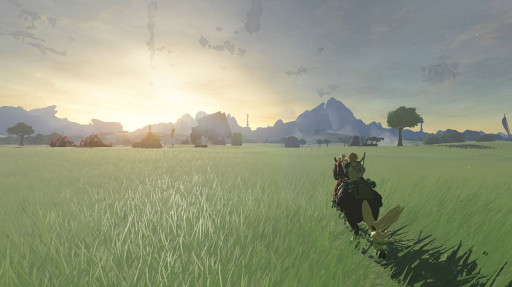
Link setting off to explore that cubelike thing
It was a core aspect of Breath of the Wild and Zelda in general, so how does exploration stack up here? I would say better. It's still Breath of the Wild flavored, but there is so much more to encounter in this version of Hyrule, broken into three areas (I won’t go into The Depths here though as that deserves more attention).
After the intro, you’re thrust into an area of the sky islands, something entirely new. While it may or may not be referencing the islands of Skyward Sword, this is nonetheless a very cool new area to explore. While not being wide open areas, it feels much like a dungeon area from Zelda's past. Something I and other Zelda fans definitely appreciate.
After a lengthy tutorial, you can finally freely explore the surface, which is… strange. It is on the surface the same world as Breath of the Wild, so you’d expect it to not be the most engaging if you’ve played that. But from what I’ve played so far, due in large part to the events of the story, it feels fresh.
And a major reason for this is that it isn’t empty. There are more secrets to uncover, more enemies to fight, and more stuff to mess around with. And perhaps most important of all, more people.
Tears of the Kingdom feels populated. Its predecessor had scarce groups of people, mostly limited to one town of note outside of the four regional locations you visited in the story. But here, you don’t feel alone. And that on its own is enough to erase any concerns of the world being too similar and losing the charm of exploration.
This is a world that begs to be explored…slowly. That is something I cannot emphasize enough. Once the world opens up properly, do not rush it. Take your time and simply mess around.
8. The New Abilities

Grill Off with Ultrahand!.... I mean use Ultrahand to navigate the broken land
Tied closely into that exploration are the abilities you use to navigate the world. In Breath of the Wild, you had simple bombs, a magnetic pull, a time stop, and ice pillars. As far as Zelda goes, not the most unusual.
Tears goes for the unusual. Each of the main four abilities was shown pre-release, but the trailers didn’t do them justice. Ultrahand allows you to move objects and attach them, giving you the ability to make bridges, boats, mechs, or whatever you want.
This is all done through the use of the Zonai devices given to you by the Zonai Constructs. These include fans, rockets, and flamethrowers to name a few, and they can be put on anything you build to help with your travels, whether getting past a river or slaughtering legions of enemies.
Or you can put them on your weapons with Fuse. Why use a stick when you can use a stick with a rock on it? Or attach a plank to create a fan that can deal paddling damage. The limits to what you can make with this and Ultrahand are seemingly endless, if it's highlighted with the ability, you can use it.
The other abilities are less creative but still interesting. Recall reverses the movement of an object while it's active, allowing you to climb a spinning wheel or get on a falling rock to return to a sky island. And Ascend is simply that, you go up…. Straight through a ceiling onto any flat surface above it. Somewhat limited in size, but can be very satisfying when it works.
These are not all the abilities in Tears, but as the rest are obtained later I won’t go into them here. But even with these four alone, the amount of stuff you can do is insane. Which rolls nicely into the next aspect.
7. Community
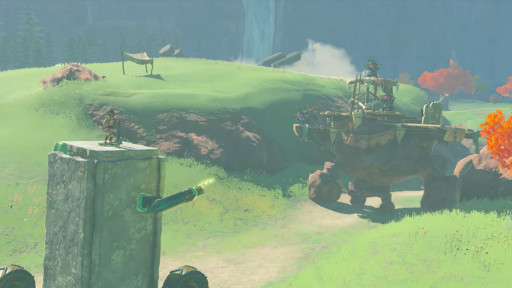
Link riding a mech of sorts into battle
While not exactly a part of the game in the conventional sense, the community around a game can be an important thing to consider. As for Tears, well…. it's a lot of insanity.
From what I’ve seen of it, there’s a lot of torturing Koroks going on here (good). But the most notable thing is the insane versatility of Ultrahand. The above picture is one of the less crazy contraptions the game has spawned, going to full-on mechs at times.
But like with many communities, it's not all good. The Zelda community can get pretty toxic at times, especially when it comes to admitting the faults of the games, and this is no exception. While so far I’ve been pretty kind to the game, it's far from perfect, and its toxic fans will attack people who say that. A shame, but not one you can really blame the game on.
So overall, the community is good as long as you don’t run into toxic members. If you’re simply laughing at crazy contraptions shared online, you should have a pleasant experience watching a mech ruin a poor Bokoblin’s day.
6. Combat and Enemies
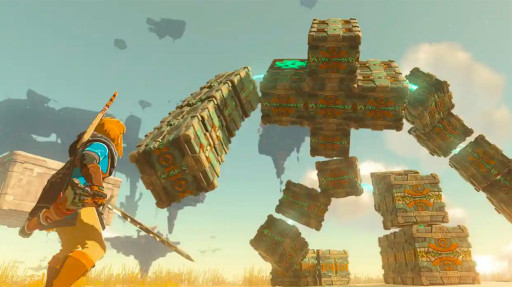
I guess an ancient mech made of crate boxes? Imposing at least.
One of my biggest complaints about Breath of the Wild was its (lack of) enemy variety. The enemies were unique and well-designed, but when all you ran into was a stronger version of the same thing for over 100 hours, it started to get old.
Tears of the Kingdom fixes this immensely. Within the first hours of the game, I encountered almost entirely new enemies. The Constructs are similar to Guardians in a way, but different enough to stand out. The weird frog things in caves were memorable, and the reimagined Like Likes are certainly something. And of course, there’s mister blocks up there.
Combat is largely unchanged from the previous game but does feel more refined. It's still the same action core, just made more complex with weapon variety from the Fusing. Weapon durability is still here, but Fusing a weapon about to break will reset the hidden meter. While I’m still not huge on the mechanic at all, I’ll accept this fix (and they added lore to explain durability because of course they did).
So better variety with largely the same combat and a bandaid to weapon durability. Basically, if you liked it in Breath of the Wild (or similar action games), you’ll like it here. Just get used to it before the tricky new enemies come up, and have plenty of arrows, they’re actually really useful this time around.
5. Story
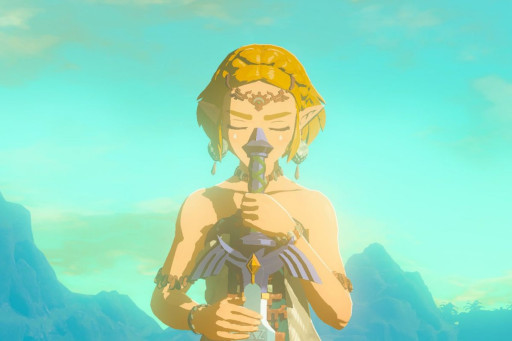
Zelda with the broken Master Sword, a jarring sight for longtime fans
Before continuing, I would like to say upfront that the remainder of this article will be going over elements of the game that weren’t shown much if at all prior to launch. So continue if you’d like to hear about them, but you have been warned.
Tears of the Kingdom’s story sets up a great deal of mystery in its opening moments. Link and Zelda are exploring the mysterious underground area of Hyrule Castle, where they find references to a people who lived in the sky known as Zonai (who may or may not be connected to Skyward Sword). And then Ganondorf’s mummy shows up.
Long story short, Ganondorf comes back, Zelda gets lost again, and Link gets a new arm with new abilities. Oh, and a couple of other things. Hyrule Castle rises into the air and various Chasms appear across the land, an event that comes to be known as the Upheaval. This also is responsible for the vast array of new monsters plaguing the land, giving a good lore reason for their existence.
But the most shocking aspect of this setup is the breaking of the Master Sword. New fans may miss the significance of this, but the Master Sword’s sole purpose was to defeat beings of evil, namely Ganondorf. Yet here he is able to shatter it. The only reasons for this are he has grown too powerful or the Master Sword has weakened, and with the latter seeming unlikely, this presents Ganondorf here as his strongest ever.
And that is merely the setup of the game’s story. It involves events in the present and past, a strange creature seemingly connected to Hyrule’s first king, and mysteries that tie into the Zelda franchise as a whole. These aspects can be appreciated by newcomers, but it is clear this is a game for longtime fans.
4. Characters
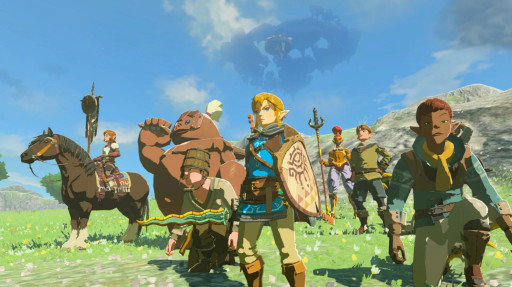
Link with some brave Hylians who agreed to help him
The cast of characters you meet in Tears of the Kingdom are what I would calla solid attempt. Missing are the iconic Champions from Breath of the Wild, easily its best characters. Instead, we get their successors, two of which are entertaining while the other two are a bit bland.
The most notable new addition is Rauru and the Zonai. These are very much the mysterious people who know something type, and Rauru sharing the name of Hyrule’s first king is certainly suspect. The Zonai were briefly mentioned in Breath of the Wild, but their increased presence here adds a strange ancient high-tech flare to the game.
And then there’s the Hylains themselves. Hyrule is rebuilding in this game, and with that comes towns and more Hylians to talk to. Most are small parts, but that’s enough to make the world feel alive. Purah has notably been upgraded from a smaller side character to a very important role in the story, even being the one responsible for helping you map the region as opposed to ancient Sheikah tech like before.
So while its core Champion replacements fail to live up to their predecessors, having a more engaging and alive world overall does make up for that. I do miss Mipha and Revali though.
3. Voice Acting and Cutscenes

Link and Zelda in the unsettling intro scene
With all that story and characters comes more cutscenes and voice acting, and it's much like its predecessor in its quality. Just a whole lot more of it. So prepare for more British Zelda.
Ganondorf is a standout here, voiced by the iconic Matthew Mercer. This is the first time Ganondorf has been voiced in a mainline Zelda, and he very much sends as menacing as you’d expect him to be.
Across the board, the voices are done fairly well, just nothing spectacular. Having them at all does wonders though at making the player more invested in the story. A scene can always be more dramatic when the characters audibly speak, and Zelda has finally learned that.
2. Shrines and Dungeons
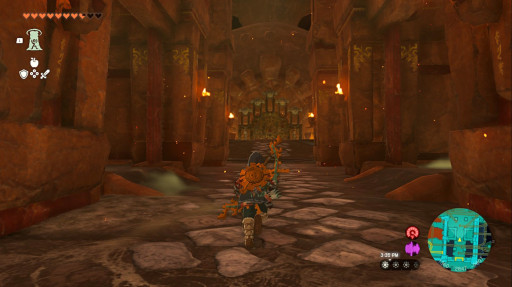
Proper dungeons make a grand return
Remember all those shrines in Breath of the Wild? All 120 of them? Tears of the Kingdom has 152. Let that sink in.
Thankfully they look different, being Zonai in origin instead of Sheikah. And the genuinely obnoxious combat trial shrines are gone, meaning they are all puzzle-focused as they should be. They’re not all bangers, and doing that many can get tedious, but I’d consider that an improvement.
The dungeons here are a half-step back towards form. They’re properly themed locations again, good. They have unique bosses, also good. They’re not the best designed, not so good.
But it's definitely an improvement over the generic same aesthetic barely dungeons of Breath of the Wild, so acceptable. Shrines and dungeons overall are a mixed bag, with some good elements but enough bad present to drag them down. At least other aspects of the game make up for it.
1. The Depths
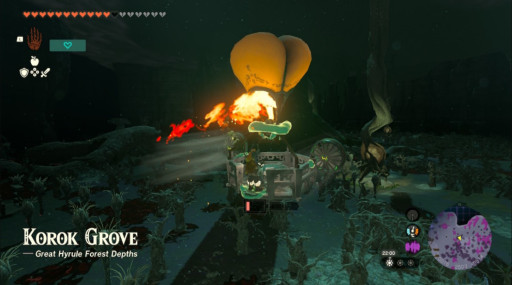
The Depths of Hyrule, where your only protection against the dark is the UI
Finally, I’d like to briefly touch on the last of the three sections of the game’s world. There’s the surface and the sky islands, which were shown plenty in pre-release content. But The Depths, an entire world in themselves, were for some baffling reason not shown at all.
You reach these dark caverns by diving into any of the Chasms spawned by the Upheaval, and exploration makes it clear this is a direct mirror of the surface. Forests are the surface are dead groves down here, mountains up there are valleys underground, and so on. This is an impressive level of detail that shows the care put into this world.
But the most significant aspect of exploring The Depths is the darkness. It is pitch black down here at first until you progress to Lightroots to brighten it. And this place isn’t empty. Pools of Gloom are everywhere, and enemies enhanced by the Gloom roam and glow red in the dark.
And since getting hit by a Gloom enemy causes damage that can only be healed by the Lightroots at first, The Depths becomes almost horror-like to explore. Down here, you are not the brave hero of Hyrule. You are a simple mortal who can be decayed into nothingness. Best get to those Lightroots quickly!
Score: 9/10
You may also like:
https://www.gamersdecide.com/articles/zelda-breath-of-the-wild-best-shield
https://www.gamersdecide.com/articles/zelda-ocarina-of-time-best-moments
https://www.gamersdecide.com/articles/zelda-breath-of-the-wild-best-horses

